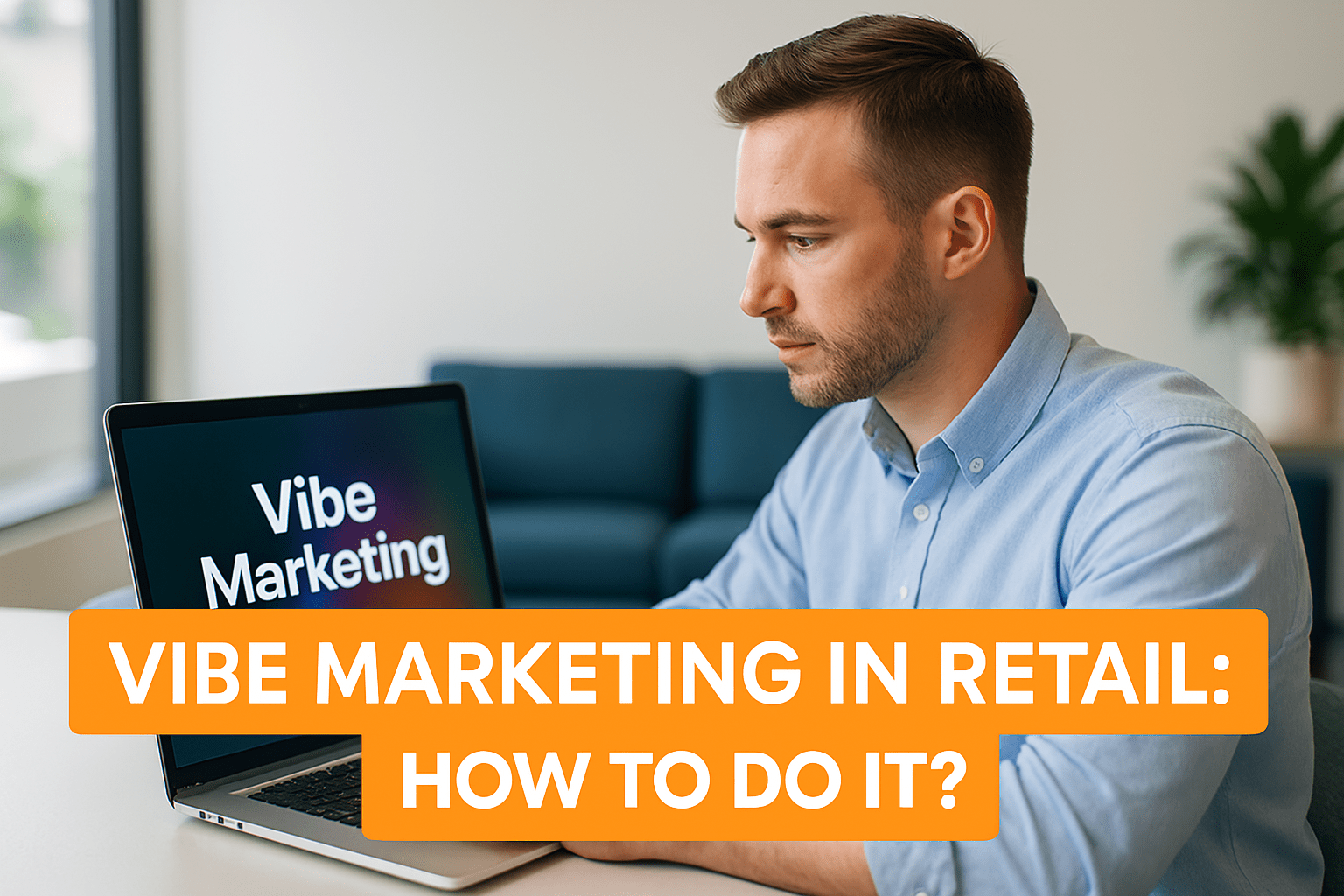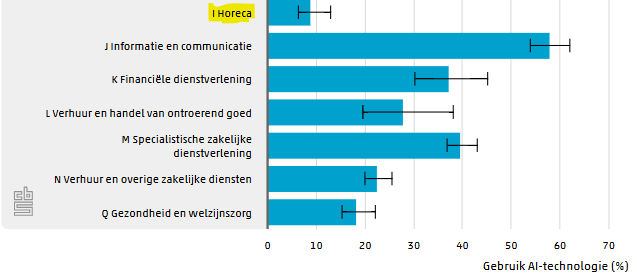A new concept is emerging: vibe marketing. Coined in tech, vibe marketing now describes a hands-on-yet-automated approach to managing customer engagement. In loyalty marketing, it means using intelligent tools to create highly personalized, data-driven programs—without getting lost in technical complexity. Rather than replace marketers, vibe marketing frees them to focus on strategy and creativity. For those looking to scale loyalty efforts with precision and agility, VEMT provides the structure and automation needed to bring the right “vibe” to every customer interaction.

Behavioral science progress: divide or integrate?
This is a response to an article by Arjan Haring in Medium (Experimentation is hard — really fucking hard) in which Arjan explains that Experimentation, rather than using many behavioral science theories, is his way forward. The reasons are that too many people have treated the various explanations, or maybe even: the discovery – of people’s biases as a silver bullet to create methods or tools to influence people. In reality, this proves to be more complex. He ends his article with a PS, which is interesting: “In this article I wanted to create an artificial divide between applied behavioral scientists and business experimenters to promote a feeling of community through out-group bias.”. I pick up on that quote to play with the thought about if that divide (artificial, perceived or real…) is the way forward. While Arjan’s contribution is very important to grow awareness about these different types of perspectives, we have experienced at VEMT that further progress can mostly be made in integrating these ares into one approach. Both in science and commerce.
Here is the response that I put on Medium itself:
I love your use of ‘out-group bias’ in this article. Really. But it made me think: isn’t progress (as in: real progress) made by integrating these two areas even more? And to spark the discussion a bit, I even plead for further integration: involve the researched subjects (=the humans) as well. Really involve them.
Behavior sciences are different from beta sciences which cannot involve the opinions, mindset and emotions of their subjects, even if they would want to. Gravity doesn’t tend to have an opinion. Our unique perspective allows us to do that, and I think that it even forces us to do that. While trying that for some years now (that is in a way what loyalty programs do: offering people to influence them with their consent), I got convinced this is the road forward for any behavioral science. Creating a pact with the subject is not only the ethical approach, it is another road than the silver bullet mindset in which you ‘trick’ humans by pushing magic buttons. Applicable to governments, companies and maybe even parents. Human behavior can always be influenced by bullets (silver or lead) on the short term, but brands, stores and governments are benefiting on a long-term perspective by inviting their customers to ‘have them influenced’. By acknowledgement, like a coach or personal trainer does. Behavioral science in this context has to take into account more theories (like game theory) and other complicated relational aspects, but humans are – as you found out – just too complex to be approached otherwise. Simplification works great when you try to become a US president and you can influence millions of voters on the short run, but solving real problems requires a bit more than the segregation of theories vs experimentation, and even more than the integration of both. It requires a pact between players of the game, aligning common interests and solving conflicting ones.
So, next time somebody optimizes a website to make somebody buy, either by applying self efficacy, Cialdini’s principles or testing all 50 shades of grey, bring in the simple perspective of collaboration and step out of the traditional buying process all together in some cases. Now, we only have to correct for the ‘in-group bias’ 😉





